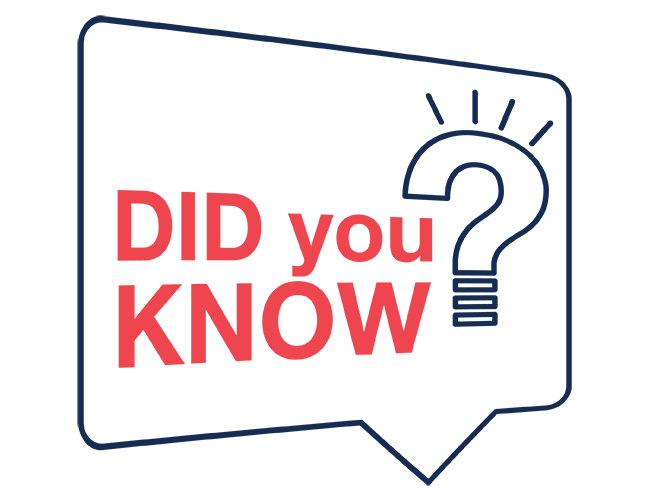News
Top Stories

Is gratitude good for the heart?
A study reveals that gratitude may buffer the negative physiological consequences of stress and overall improve cardiovascular outcomes.

People with more peace of mind are better at regulating emotions?
Research shows that people with higher levels of peace of mind are better at reinterpreting situations to regulate their emotions, rather than suppressing them.

Mother's stress during pregnancy can impact children’s sleep in childhood
Study shows that mothers' psychosocial stress during pregnancy has negative associations with their children's sleep that persist across childhood.
News

Why do some people remember their dreams and others don't?
Dreams are like windows into the mind, reflecting daily memories, beliefs, and concerns, while playing an essential role in learning, memory consolidation, and even our mental and physical health. Although almost everyone dreams, the ability to recall these experiences varies greatly from person to person. Research led by Giulio Bernardi sought to better understand this phenomenon by analysing the factors that influence dream recall. To do this, the team used a multimodal database that collected dream reports, personal characteristics, and cognitive, psychometric, and neurophysiological measures. The results point to three main factors that determine whether a person wakes up with the memory of the dream experience: attitude towards dreams, tendency to mind-wander, and sleep patterns. Additionally, the ability to recall dream details depends on resistance to interference and age. Interestingly, similar sleep patterns seem to favour both dreams with content and so-called "white dreams" - those we know we had, but whose content escapes us. This suggests that white dreams are real experiences, whose memories simply disappear upon waking. This study reinforces the idea that dreams are shaped by individual and momentary factors, opening new perspectives to understand their connection with memory and the human mind. This study was supported by the BIAL Foundation, in the scope of the research project 91/20 - Mentation report analysis across distinct states of consciousness: A linguistic approach, and published in the journal Communications Psychology - Nature, in the article The individual determinants of morning dream recall | Communications Psychology.

Can meditation change the way we face death?
The brain is constantly creating and updating models of reality, anticipating future events and adjusting to minimize surprises. Although this mechanism is essential for our adaptation, it can also lead to an unsettling awareness of mortality. To avoid this discomfort, the brain has developed automatic ways to distance death, attributing it to the "other" rather than oneself. A team led by Aviva Berkovich-Ohana investigated whether meditation could reduce this natural tendency to deny death. The study revealed that experienced meditators react differently compared to novices: instead of rejecting the idea of their own mortality, they seem to accept it more naturally. Thus, the results provide evidence that meditation can transform the way the brain processes death, shifting from denial to acceptance. Furthermore, this change was associated with greater well-being and advanced states of self-transcendence. This suggests that integrating meditation into clinical contexts could be a promising approach to dealing with the fear of death, complementing psychological and pharmacological therapies that more radically affect self-perception. This study was published in the journal Neuroscience of Consciousness, in the article Training the embodied self in its impermanence: Meditators evidence neurophysiological markers of death acceptance, as part of the research project 191/20 - Understanding the brain mechanisms of death-denial for fostering mindfulness-based existential resilience, supported by the BIAL Foundation.

Did you know that some studies supported by the BIAL Foundation are among the most cited in the world?
The research funded by this Foundation has generated innovative discoveries with a significant impact on science. According to the most recent data, covering November and December 2024, 17 articles resulting from this support are part of the Highly Cited Papers group, meaning they rank among the top 1% most cited in their academic field and year of publication, according to the Essential Science Indicators (ESI). Among them, a study published in Science Advances stands out, exploring the dynamic patterns of the brain associated with consciousness, helping to better understand states such as coma and sleep. Another widely cited study, published in PLoS ONE, investigates the challenges of meditation and its psychological effects, a topic increasingly relevant in contemporary Western society. A study published in the journal Cortex explores whether the human brain, particularly the left frontal lobe, may act as a filter to suppress innate psi abilities, such as psychokinesis. An article in Biological Psychiatry outlines an essential roadmap on interoception – the perception of the body's internal signals – and its connection to well-being. Other widely cited articles analyze altered states of consciousness (such as meditation, hypnosis, and psychedelic experiences), the brain mechanisms of insomnia, and even the effects of COVID-19 on cognition. With hundreds of citations and growing impact, these studies reinforce the importance of the BIAL Foundation in understanding the human mind, paving the way for new scientific discoveries.





